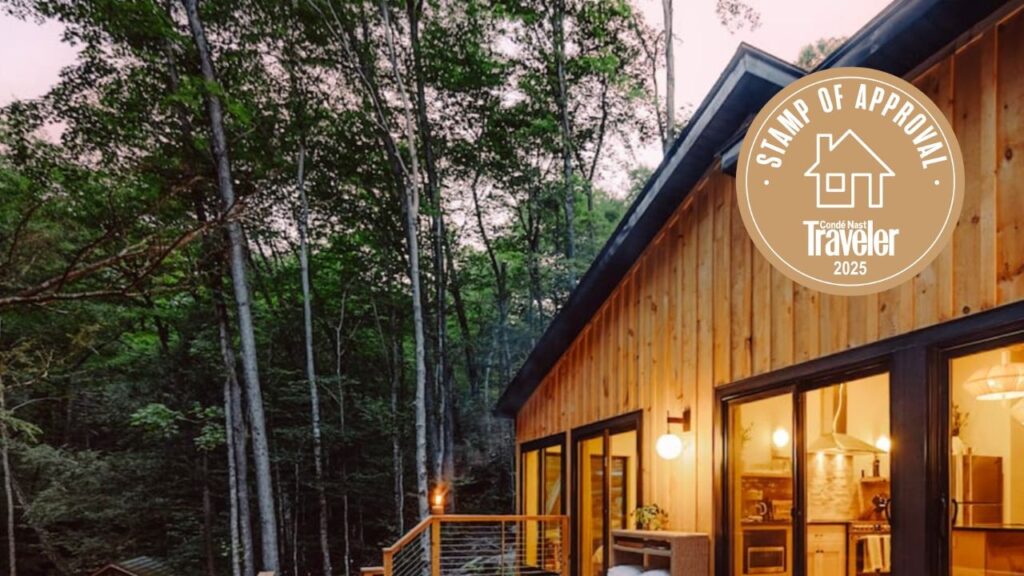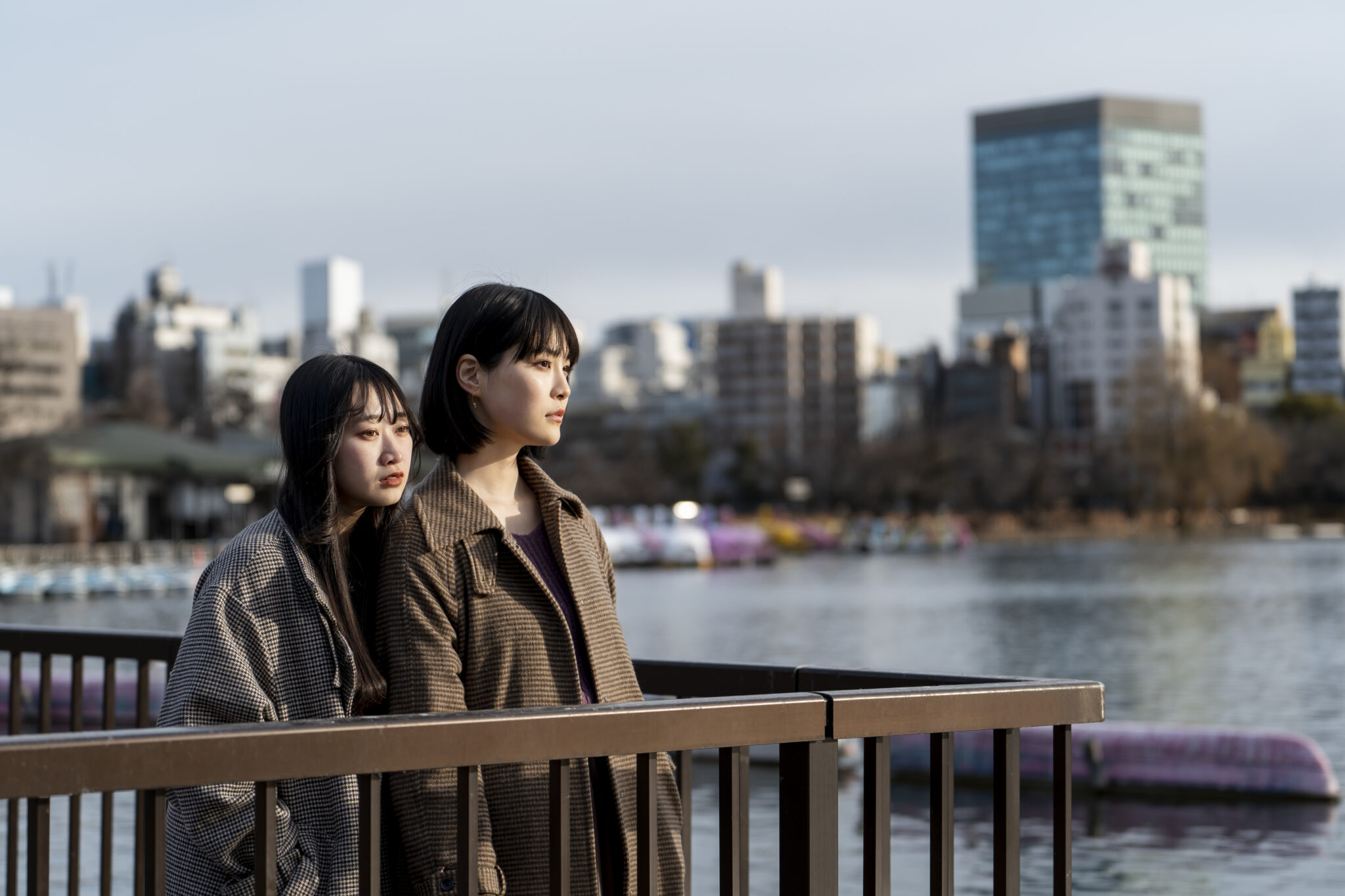In the shiny world of high-end fashion, big changes are afoot. French giant LVMH, the powerhouse behind brands like Louis Vuitton and Christian Dior, is making a bold move. They’re pouring money into South Korea to grow their business. Why? Tough times in the US and China are shaking up luxury sales. With shoppers there tightening their belts, LVMH sees South Korea as a safe bet. It’s a place where people still love splurging on fancy bags, watches, and jewels. This push could help the company stay strong as global winds shift.
South Korea has become a hot spot for luxury lovers. The country’s economy is holding up well, and people feel good about spending. Last year, sales from top names like Louis Vuitton, Hermès, and Chanel jumped nearly 10 percent to $3.3 billion. That’s huge! Plus, more tourists from China and Japan are flocking there, thanks to a weaker Korean won. Their spending hit a record $6.6 billion in 2023, up a third from before. It’s like a party for luxury brands—everyone’s invited, and the cash is flowing.
LVMH isn’t starting from scratch. They’ve already added new stores in recent years. Celine opened its first shop in Seoul last December, and Fendi debuted a flagship in 2023. Now, they’re going bigger. Louis Vuitton and Christian Dior plan to upgrade their main stores in Seoul’s fancy Cheongdam area. Think of these as “maison-style” spots—big, beautiful homes for the brands, full of glamour. Dior’s makeover might kick off as soon as 2027. It will include a permanent restaurant, turning shopping into a full-day event. Who wouldn’t want to sip coffee after eyeing a $5,000 handbag?
It’s not just the fashion stars. LVMH’s jewelry arms are joining the fun too. Bulgari is thinking about its first big store in South Korea. And Tiffany & Co., another gem in their crown, will launch a flagship in Cheongdam by 2027. These moves show LVMH’s trust in the market. They’re betting that Korean fans, plus visitors, will keep the registers ringing.
- Store Upgrades Ahead: Louis Vuitton and Dior aim to expand flagship spots in Cheongdam soon. Dior’s could add a restaurant by 2027.
- Jewelry Joins In: Bulgari eyes a debut store, while Tiffany’s new flagship hits in 2027—more sparkle for Seoul shoppers.
- Recent Wins: Celine’s first boutique opened last December; Fendi’s flagship launched in 2023, building buzz.
- Tourist Boost: Chinese and Japanese visitors surged, spending a record $6.6 billion last year amid a weak won.
- Sales Surge: Combined LV, Hermès, and Chanel sales grew 10% to $3.3 billion in 2023—proof of Korea’s pull.
Why South Korea now? Look at the headaches elsewhere. In China, the luxury market shrank the most in a decade last year. Economic slowdowns and strict rules have cooled hot spending. Over in the US, new import tariffs are jacking up prices on fancy goods. Rich folks might skip town to snag deals abroad. Even Japan, once a yen-fueled frenzy, is slumping as the currency rebounds. It’s a rough patch for the $400 billion luxury industry. LVMH’s boss, billionaire Bernard Arnault, knows diversification is key. Spreading bets across markets keeps the ship steady.
Other big players are doing the same. Richemont, home to Cartier and others, saw 20 percent sales growth in Korea last year. They just opened a swanky Vacheron Constantin store in June. It mixes Swiss watches with Korean art, a digital library, lounge, and event space. Hermès, not in LVMH’s fold, moved and grew its Seoul flagship, relaunching in August. It’s like a luxury land rush—everyone wants a piece of Korea’s pie.
This isn’t just about stores. It’s a sign of shifting sands in fashion. LVMH’s core division—fashion and leather goods—took a hit recently, with sales sliding. That houses their crown jewels: Louis Vuitton and Dior. Experts say the industry’s malaise might drag on. But spots like South Korea offer hope. Resilient locals, plus tourists chasing value, create a perfect storm. The weaker won makes imports cheaper, drawing crowds. Government data backs it: Tourist luxury spend soared to 9.26 trillion won ($6.6 billion) in 2023.
For LVMH, Korea fits their playbook. They’ve long chased growth in Asia, but China was the star. Now, with Beijing’s market cooling, Seoul steps up. Cheongdam, Seoul’s upscale shopping lane, is the epicenter. It’s lined with high-end spots, buzzing with influencers and jet-setters. Expanding there isn’t just smart—it’s symbolic. Maison-style stores aren’t quick pop-ups; they’re investments in experience. Dior’s restaurant idea? Genius. Shop, eat, repeat—turning one-time buyers into loyal fans.
Broader trends play in too. Global uncertainty—from wars to elections—has shoppers cautious. In Milan this week, fashion bosses sounded glum. But creative sparks, like fresh shows at Gucci and Jil Sander, hint at turnaround energy. LVMH’s Korea bet aligns with that: Build where demand thrives, innovate to draw crowds. Richemont’s art-infused store shows blending local flavor pays off. Vacheron Constantin’s Korean artworks? A nod to culture that screams “welcome.”
Challenges linger, sure. Korea’s market, while hot, isn’t endless. Competition heats up as more brands pile in. And if the won strengthens, tourist perks fade. Still, for now, it’s a win. LVMH’s silence on details— no comment from reps—adds intrigue. Insiders say plans are firm, but private.
In the end, this push underscores luxury’s pivot. From US tariff tangles to China’s chill, threats loom. But South Korea’s vibe—confident consumers, tourist tide—lights the way. As LVMH expands, it could spur rivals to follow. Dior handbags in Seoul might just save the day for a wobbly sector. Fashion’s future? Uncertain, but with bets like this, a bit brighter. Watch Cheongdam—it’s where luxury’s next chapter unfolds.





















